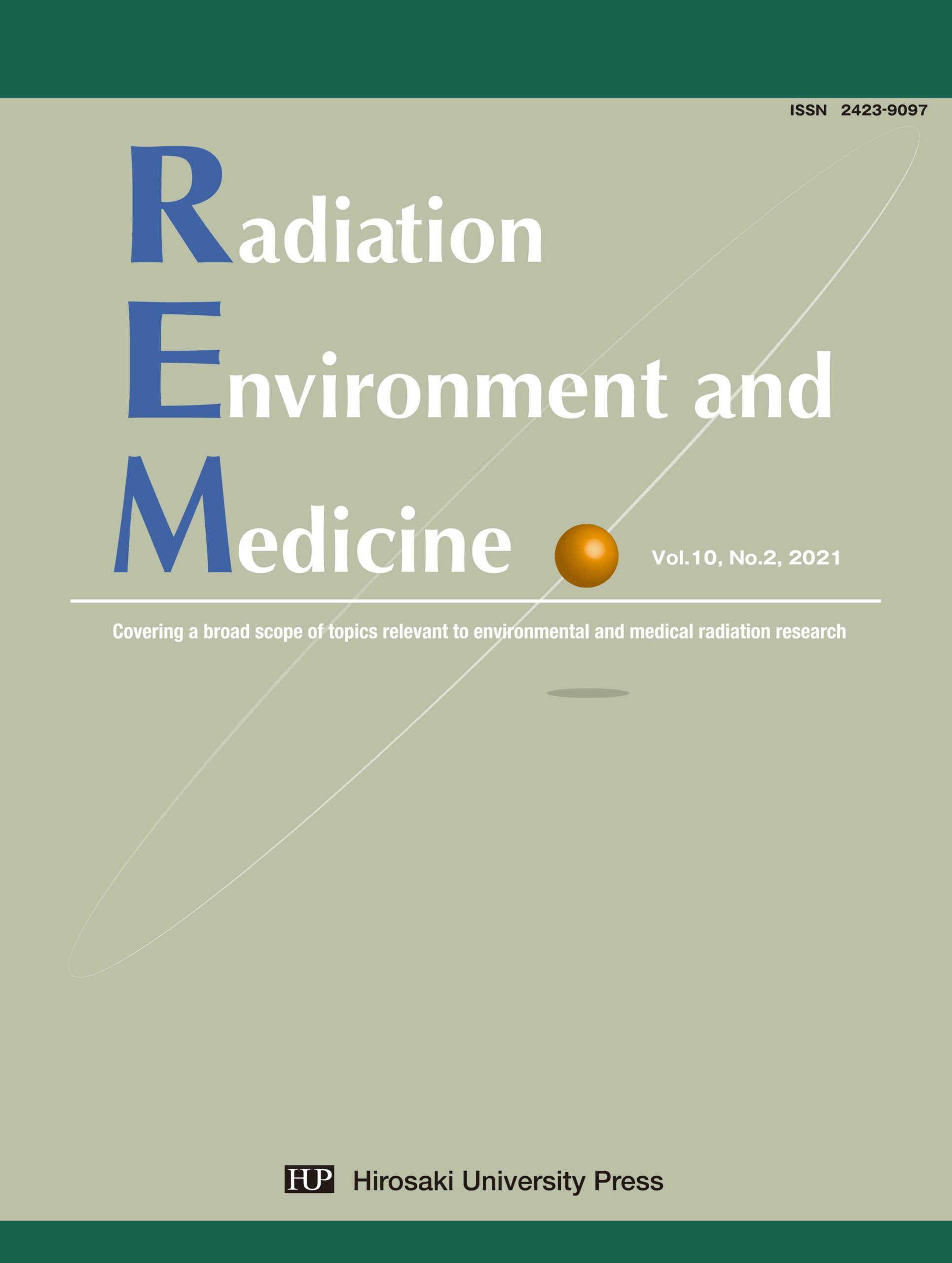Researches and Activities on Radon/Thoron and NORM for Past 30 Years in Japan
View article content
Takeshi Iimoto1*, Shinji Tokonami2, Hidenori Yonehara3, Sadaaki Furuta4 and Michikuni Shimo5
1Division for Environment, Health and Safety, The University of Tokyo, 7-3-1 Hongo, Bunkyo-ku, Tokyo 113-8654, Japan
2Institute of Radiation Emergency Medicine, Hirosaki University, 66-1 Hon-cho, Hirosaki, Aomori 036-8564, Japan
3Nuclear Safety Research Association (NSRA), 5-18-7, Shimbashi, Minato-ku, Tokyo 105-0004, Japan
4PESCO Co., Ltd. 2-5-12 Higashi-shimbashi, Minato-ku, Tokyo 105-0021, Japan
5Fujita Health University, 1-98 Dengakugakubo, Kutsukake-cho,Toyoake, Aichi 470-1192, Japan
- Abstract
This review paper introduces the concepts and backgrounds of several outstanding activities and researches, selected by us, on radon/thoron and naturally occurring radioactive materials (NORM) for the past 30 years in Japan. The content covers regulations on safety management of radioactive residues based on the graded approach; the development of a radon/thoron measurement tool and its worldwide use; experiences on large-scale inter-comparison calibration tests for radon/thoron laboratories, and on editing review books for experts and beginners; and improvement of public literacy on radiation. We believe Japan has been one of the leading countries in radon/thoron and NORM researches and related activities. We hope the experiences and knowledge of Japan will continue to support and help the next generation’s development of researches and activities in fields relating to radon/thoron and NORM around the world.



